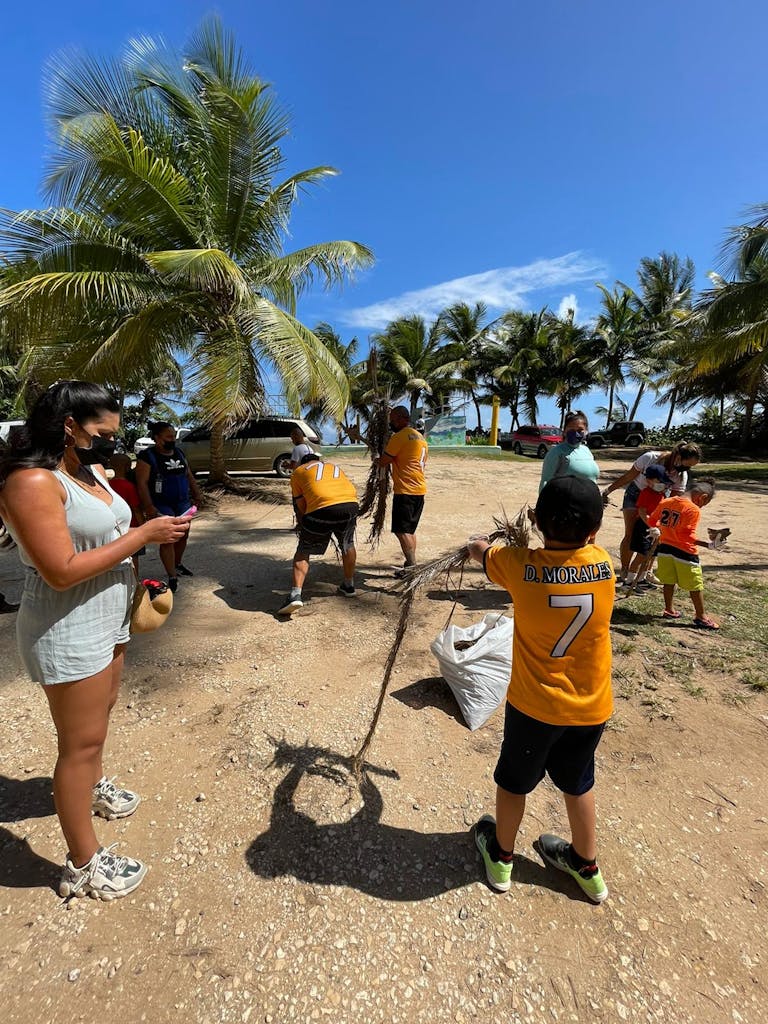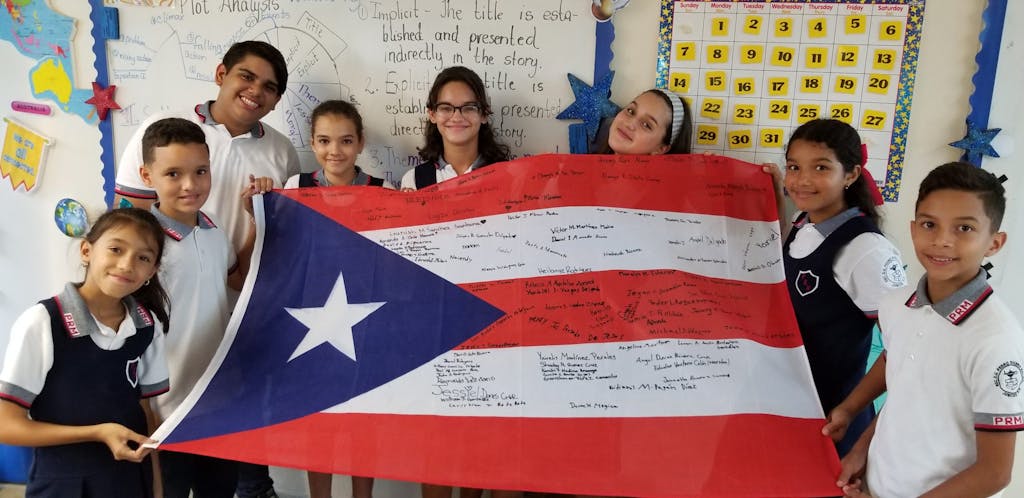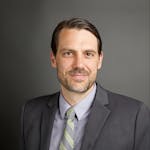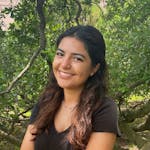In the aftermath of two hurricanes that devastated Puerto Rico, UNA-USA Puerto Rico chapter Founder and Executive Director Ricardo Arzuaga Chaves saw an opportunity to bring people on the island together around a common goal: resilience against climate change and sustainable development for a more secure future.
“It was such a turning point for everybody in Puerto Rico,” says Ricardo Arzuaga Chaves, the Founder and Executive Director of the island’s chapter of the United Nations Association of the USA (UNA-USA PR).
In 2017, two major hurricanes, Irma and Maria, struck the Caribbean island within less than two weeks, giving its people no choice but to confront climate change head-on.
The hurricanes, which killed close to 3,000 people, knocked out power and cellphone service, disrupted access to fresh food and drinking water, and devastated crops. Hurricane Maria, which was the worst storm to hit the island in more than eight decades, took the heaviest toll on rural and vulnerable communities. Many areas remain uninhabitable to this day.
“Now we must rise up and show the world that we need to work faster to address climate change. We are facing the direct hits of it, and it’s going to continue,” Ricardo says.

Children participate in the Beach Clean-up Day at Surfer Beach, inspired by the UN's Sports for Climate Action initiative. Photo: Play Ball Puerto Rico
For years, studies had warned that the U.S. territory of Puerto Rico, like many other islands, is highly vulnerable to the impacts of climate change and unprepared for the potential devastation it could incur as a result. However, in a territory that was facing a crippling debt of $70 billion long before the 2017 hurricanes, weak infrastructure, and the highest poverty rate of any U.S. state or territory, climate change and sustainable development were not on the top of people’s daily concerns.
Ricardo’s own passion for sustainable development and the UN started 25 years ago when he founded the local UNA-USA chapter after falling in love with Model United Nations during his college years in Massachusetts. With emotions still running high on the island, Ricardo and his UNA-USA chapter took the opportunity to really bring the Sustainable Development Goals (SDGs) and climate awareness home in a way that would resonate locally.
“We used that as a perfect turning point to start reaching people and try to get them to work in one direction towards achieving the Sustainable Development Goals,” he says.

Students prepare a signed Puerto Rican flag as a token of appreciation to Julien Dujarric, who sent them SDG materials. Photo: UNA-USA PR
One of the main priorities was to educate people about what the SDGs are, how they’re interconnected, and how they affect everyone on a daily basis. Ricardo says that because Puerto Rico is not a member state of the UN, its people have vague knowledge about the institution and what it does. He is working with local partners and an agency on a large-scale communications campaign to spread the words about the SDGs on the island, with a focus on climate change.
Another step was to connect like-minded civil society organizations, companies, academic institutions, and other partners that are interested in promoting the SDGs and climate awareness in Puerto Rico. With the UNA-USA Puerto Rico chapter as a convener — and bringing to life SDG17, partnership for the goals — people quickly began to show interest. They put together an SDG working group that centralized SDG activities on the island into one place, creating a unique stakeholder network that keeps track of local progress and indicators. Importantly, it also gave members a sense of community and a feeling that they were giving back to the island at a time of utter devastation.
“There was a sentiment of impotence to be surrounded by such destruction and not have the collaborative networks that are needed for resilience in this era,” said Ricardo.
After hearing about what happened on the island, others far away were also inspired to help. One eighth grader from Kentucky, Lawson Strenecky, turned his love for baseball into a community service project that raised funds to refurbish fields and buy equipment for boys’ and girls’ teams in a Puerto Rican community deeply damaged by the hurricanes. Ricardo also worked with Lawson and other volunteers on a local beach beautification project to help young people understand how climate change directly affects the places where they love to play. Hurricane Maria, for example, caused erosion along 35% of the coast in Puerto Rico, making the island prone to habitat loss and to further damage from future storms.
Because of its work connecting people around the SDGs, the Puerto Rico chapter of UNA-USA became the natural liaison when the island’s government joined the Local2030 Islands Network, a platform for island-led solutions to global sustainability challenges, in April 2021. Coming from an island, Ricardo says it’s heartening to see the strides that Hawaii and the U.S. territory of Guam have made in terms of tracking SDG indicators, and he hopes that Puerto Rico can make similar progress in gathering data and statistics, a key hurdle. He is acutely aware that this work will take time to get right — particularly in a way that honors the island’s culture and way of life — but is confident that his UNA-USA chapter is uniquely positioned to get it off the ground.
Take Action
As humanity sits on the brink of a climate disaster, everyday people are stepping up — finding solutions and addressing the climate crisis in their communities and countries.
Our Climate Is Our Future, a United Nations Foundation initiative, highlights the work of these unrelenting advocates and activists who are on the frontlines of the fight to protect our planet.
Stand with them.








